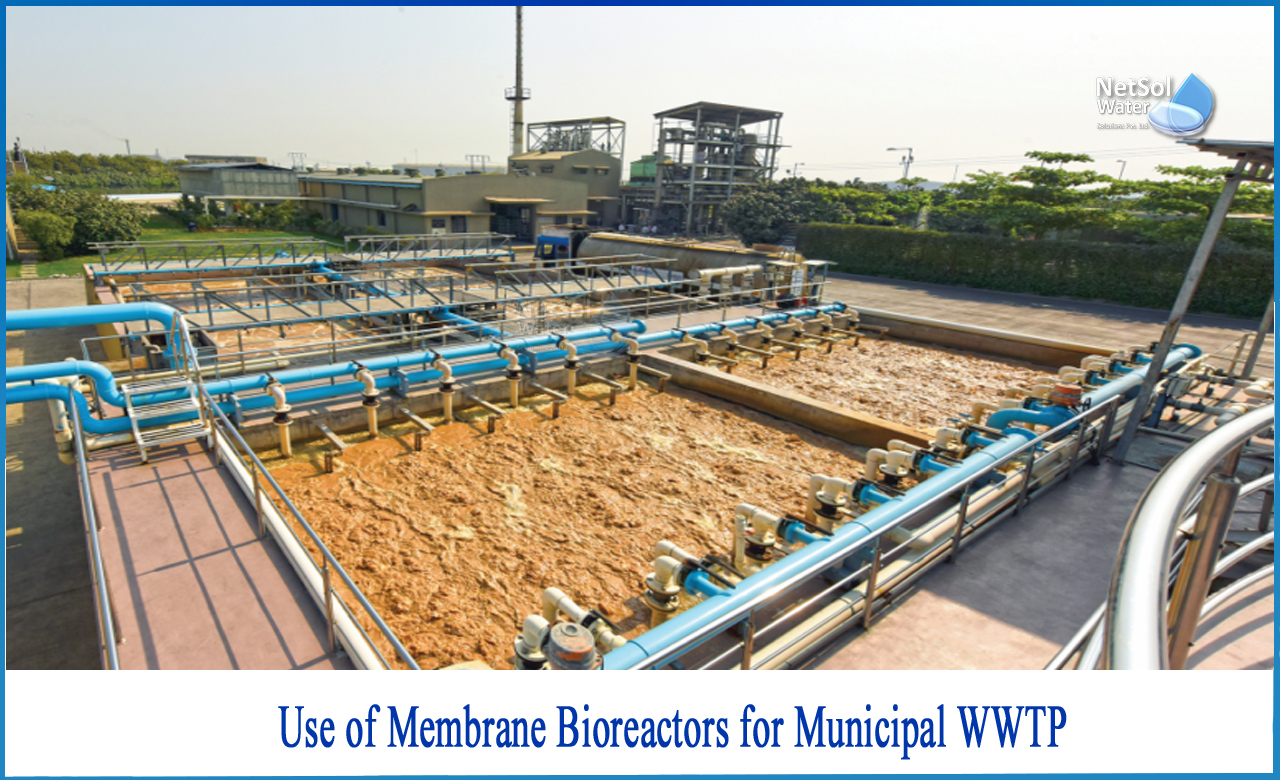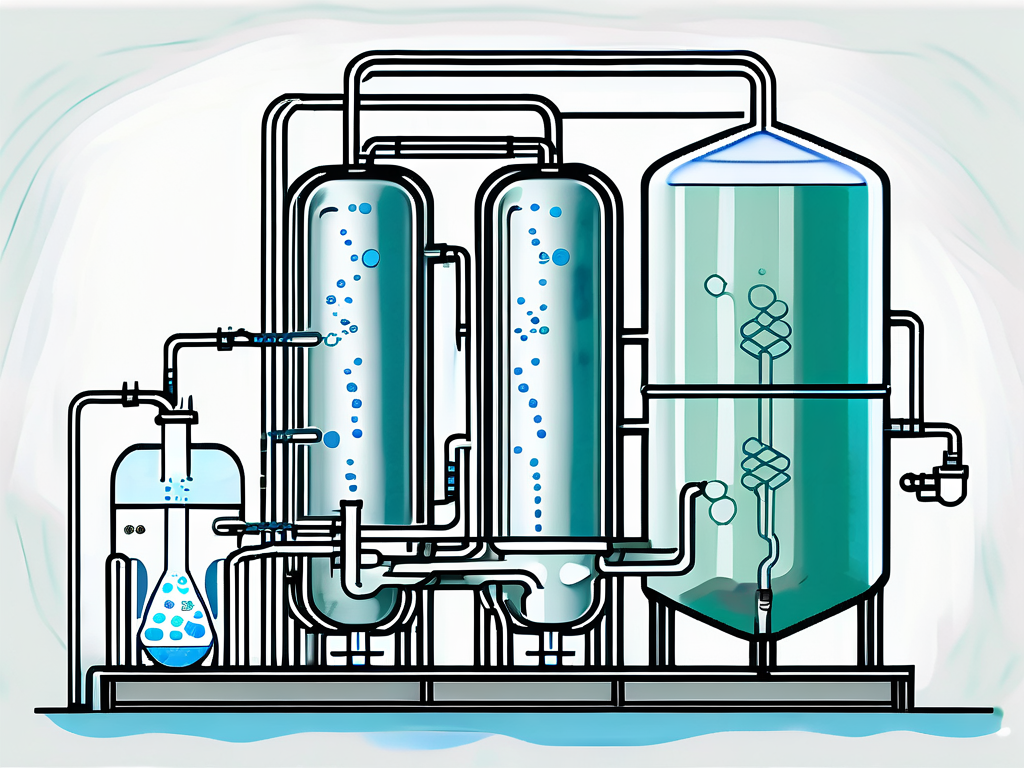Membrane Bioreactors Clarified: Efficient Solutions for Clean Water
Membrane layer bioreactors (MBRs) have actually arised as an innovative remedy for attending to the pushing challenges of wastewater therapy - Membrane Bioreactor. By integrating biological procedures with sophisticated membrane filtering, MBRs not just improve the quality of cured water yet likewise decrease the spatial requirements of therapy centers.

What Are Membrane Layer Bioreactors?
Membrane bioreactors (MBRs) are advanced wastewater therapy systems that integrate biological degradation procedures with membrane layer purification modern technology. This assimilation enables for the effective removal of pollutants from water, making MBRs a favored selection in numerous applications, consisting of local wastewater treatment and industrial effluent monitoring.

One of the critical benefits of MBRs is their ability to generate top notch effluent, typically suitable for reuse in watering or commercial procedures. Additionally, MBRs require a smaller footprint compared to traditional therapy systems, making them excellent for urban settings where area might be restricted.
Furthermore, MBRs can successfully handle varying influent tons and are much less at risk to the impacts of hazardous shocks. These qualities add to their growing appeal as a lasting service for addressing the boosting demand for tidy water while minimizing environmental influences.
Just How Membrane Layer Bioreactors Work
While the operation of membrane bioreactors (MBRs) might appear complex, it fundamentally rotates around the harmony between organic procedures and membrane layer filtering. MBRs integrate a biological treatment process, typically activated sludge, with a membrane layer separation system to treat wastewater efficiently.
In an MBR system, wastewater is initial presented into a bioreactor where microorganisms weaken natural issue and other contaminants. The biological task reduces the concentration of toxins while advertising the development of biomass. Following this biological treatment, the blended liquor goes through membrane layer filtration, which can be microfiltration or ultrafiltration, depending on the preferred effluent high quality.
The membrane layers work as a physical barrier, enabling water and tiny solutes to pass while preserving suspended solids and bigger molecules. This makes it possible for the system to maintain a high concentration of biomass within the reactor, enhancing the therapy effectiveness.
In addition, the continual splitting up of treated water from the biomass facilitates a small style and reduces the impact of the treatment center. On the whole, the mix of organic destruction and membrane layer filtration in MBRs results in trustworthy and efficient wastewater treatment, ensuring premium effluent appropriate for various applications.
Benefits of MBR Innovation
One of the key benefits of membrane bioreactor (MBR) technology is its capability to produce top quality effluent with a significantly lowered impact contrasted to standard wastewater treatment approaches. MBR systems efficiently combine organic treatment and membrane layer purification, leading to superior elimination of pollutants, including put on hold solids, pathogens, and raw material. This capability brings about effluent that commonly look at this website meets or goes beyond rigorous governing criteria for reuse and discharge.
Additionally, MBR modern technology enables higher biomass focus, which enhances the treatment efficiency and lowers the required activator quantity. This small layout is especially valuable in metropolitan locations where area is restricted. The functional flexibility of MBR systems likewise means they can adjust to differing influent qualities and flow rates, making them ideal for a wide variety of applications.
In addition, the minimized sludge manufacturing associated with MBR procedures contributes to lower operational and maintenance costs. The membrane layers work as a physical barrier, reducing the threat of blocking and allowing longer functional periods in between cleansing. On the whole, the advantages of MBR technology make it an eye-catching remedy for sustainable wastewater treatment, addressing both ecological issues and the index requirement for effective source monitoring.
Applications of Membrane Bioreactors
With their flexibility and effectiveness, membrane bioreactors (MBRs) find applications throughout various sectors, including municipal wastewater treatment, industrial processes, and even water reclamation. In community settings, MBRs offer a compact service for dealing with wastewater, effectively removing contaminants while at the same time producing top quality effluent that fulfills rigorous governing requirements. This makes them especially appropriate for areas with limited room.
In commercial applications, MBR modern technology is made use of for treating process water, particularly in industries such as food and drink, pharmaceuticals, and petrochemicals. These industries gain from MBRs' ability to handle high natural tons and their effectiveness in recovering valuable sources from wastewater, such as nutrients and water.
Furthermore, MBRs play an essential role in water reclamation campaigns, allowing the reuse of treated wastewater for watering, commercial processes, or also as safe and clean water after further therapy (Membrane Bioreactor). Their effectiveness in getting rid of pollutants and virus makes them a trustworthy choice for ensuring water top quality in different reuse applications
Future of Water Therapy Solutions
The future of water treatment solutions is poised for transformative developments driven by technical development and raising environmental recognition. As global water shortage ends up being a pushing problem, brand-new methodologies, including membrane bioreactor (MBR) systems, are established to play a critical duty in boosting the efficiency and sustainability of water therapy procedures.
Emerging technologies such as fabricated knowledge and machine discovering are expected to maximize therapy procedures, enabling real-time tracking and predictive maintenance. This will certainly enhance the general integrity and effectiveness of water therapy centers. Innovations in membrane materials, such as graphene and nanofiltration, promise to increase permeation prices and minimize fouling, leading to reduced power usage and operational expenses.
Additionally, the combination of renewable resource resources right into water treatment plants will certainly add to greener techniques. The round economic climate version will additionally obtain traction, encouraging the recuperation of beneficial sources from wastewater, such as nutrients and energy.
Conclusion

Membrane layer bioreactors (MBRs) have actually arised as an advanced remedy for resolving the pressing obstacles of wastewater treatment. By integrating organic processes with sophisticated membrane filtration, MBRs not just improve the top quality of treated water yet also lower the spatial demands of therapy facilities.One of the crucial advantages of membrane bioreactor (MBR) innovation is its capacity to produce high-grade effluent with a significantly lowered footprint compared to standard wastewater treatment methods.With their convenience and efficiency, membrane bioreactors (MBRs) discover applications across various industries, consisting of municipal wastewater treatment, industrial processes, and also water recovery.In conclusion, membrane bioreactors stand for a considerable improvement in wastewater therapy technology, integrating organic processes with efficient membrane filtering to create high-quality effluent.